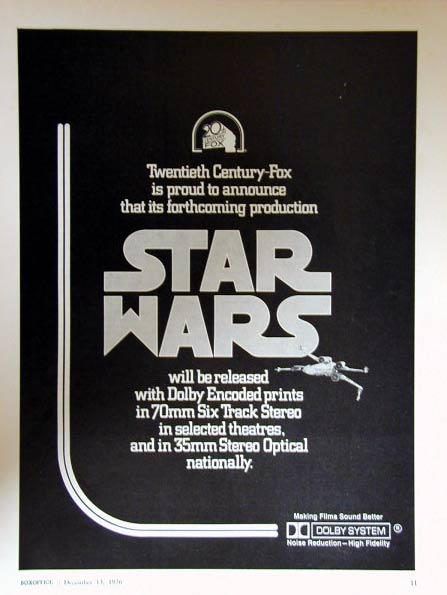The process of "channel coupling" you are referring to is actually rather more complex than simply "mixing channels". Additionally, the 10kHz number refers to AC-3 5.1 encoded at 384 kb/s. At 448, the channel coupling, when it occurs, is above 15kHz. It is also worth noting that at bit rates above 448, AC-3 can be fully discrete up to 20 kHz, which is one of the factors I credit D-Theater soundtracks with for superior soundstaging. So, while DTS chose to roll off frequencies above 15 kHz with their coder, Dolby instead felt these upper frequency fundamentals were important enough to keep and instead use channel coupling to improve efficiency when necessary. -
LINK There's a lot of good info in that thread, and it gives some idea of why channel separation of the same soundtrack would give the effect of a different mix. Also, I had completely forgotten about D-theater (digital videotape) which had full bitrate Dolby Digital soundtracks. I rarely read a bad review of those versions.
[EDIT]After locating all the materials of the film, Van brought in Gary Rydstrom, the movie’s original sound designer and the re-recording mixer who had won two of his four Oscars for T2, to begin re-mixing the entire movie
and adjust it to near-field listening environments. “We did the mix last November,” Van recalls. He and Lightstorm representatives went to George Lucas’ Skywalker Ranch to remix the movie’s soundtrack for use on the DVD. It took them about a week to do the work needed for both versions of the film and several other elements for the disc. “Luckily in 1993 when we did the Special Edition Laserdisc, we tried to do all the audio materials in six track, which helped us immensely now.”
LINK 
